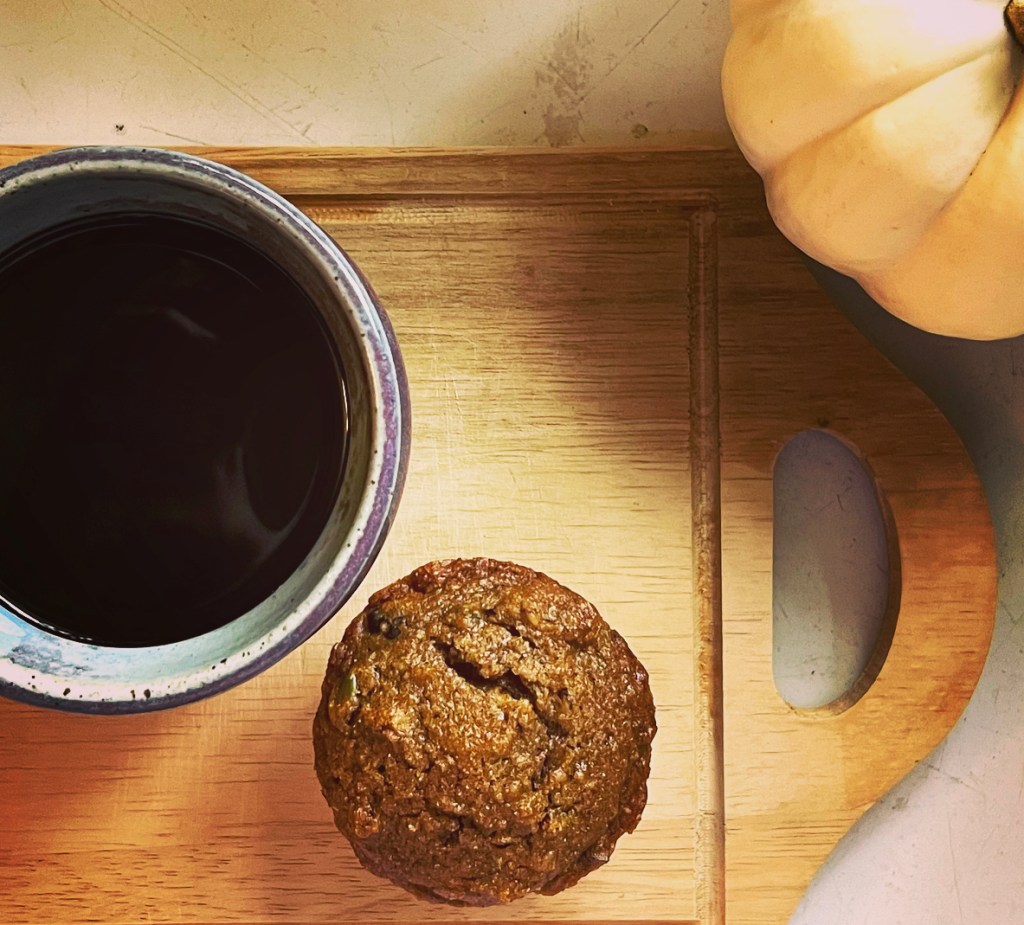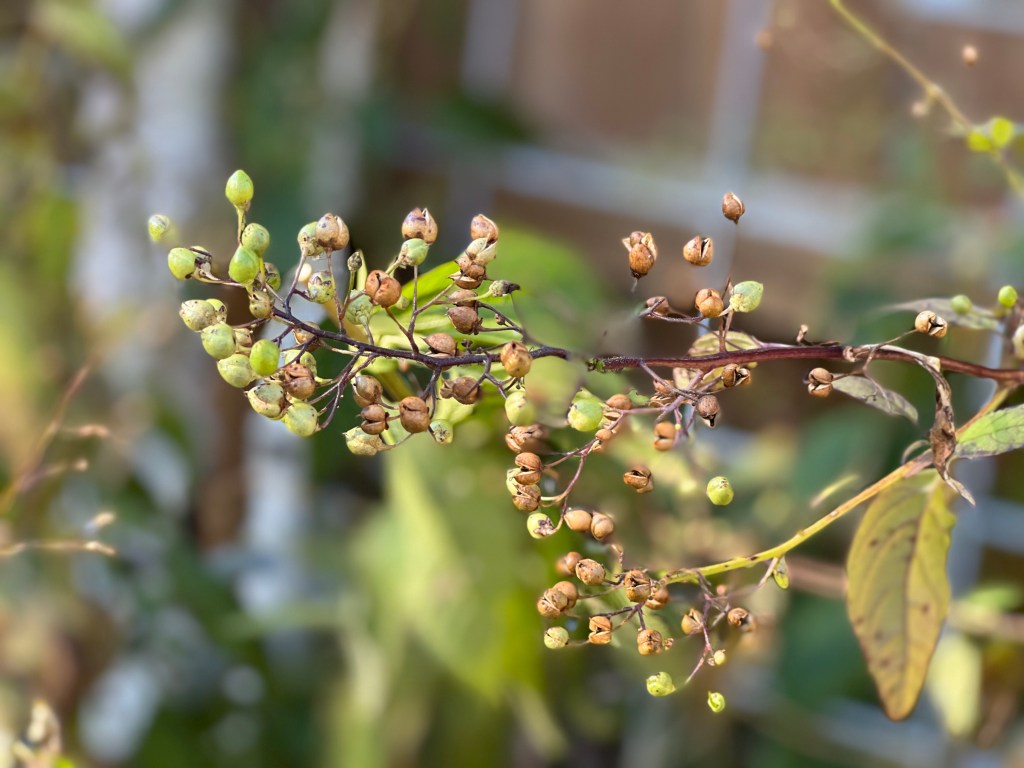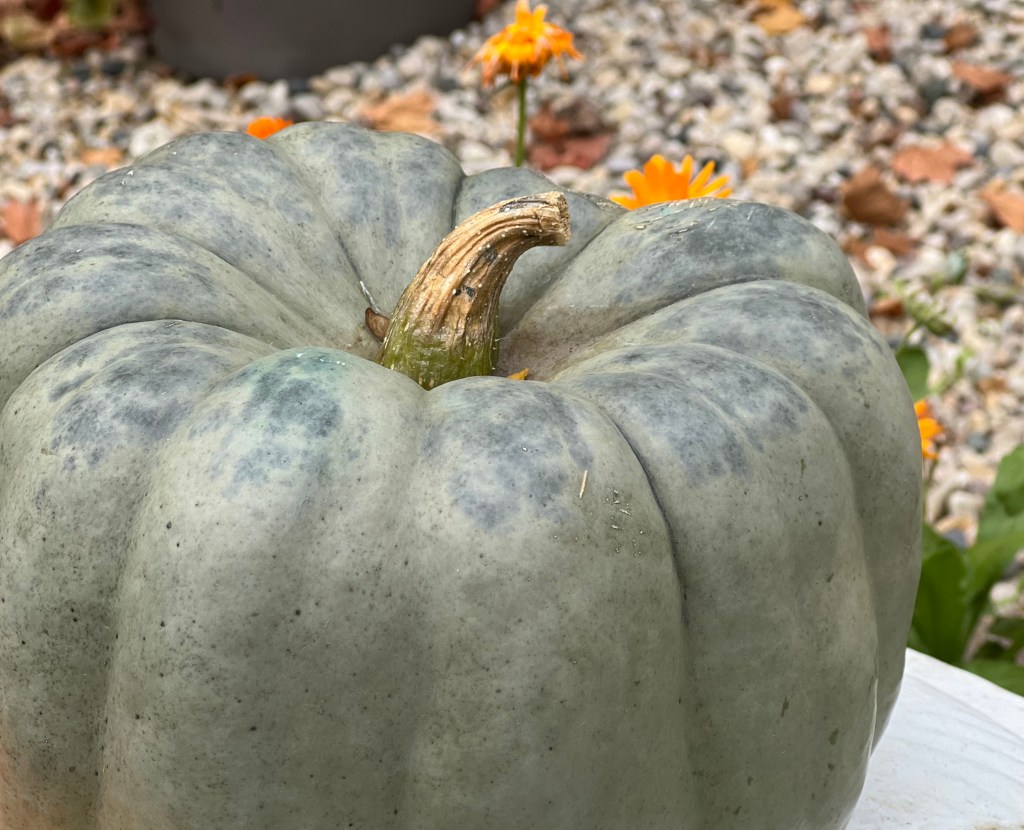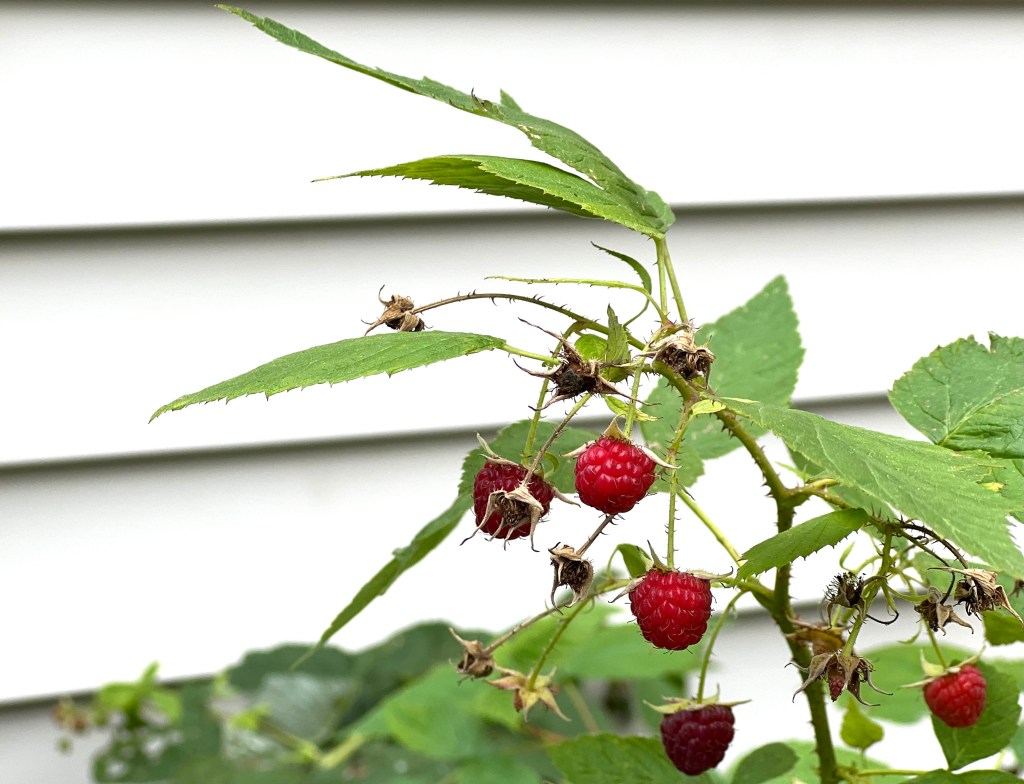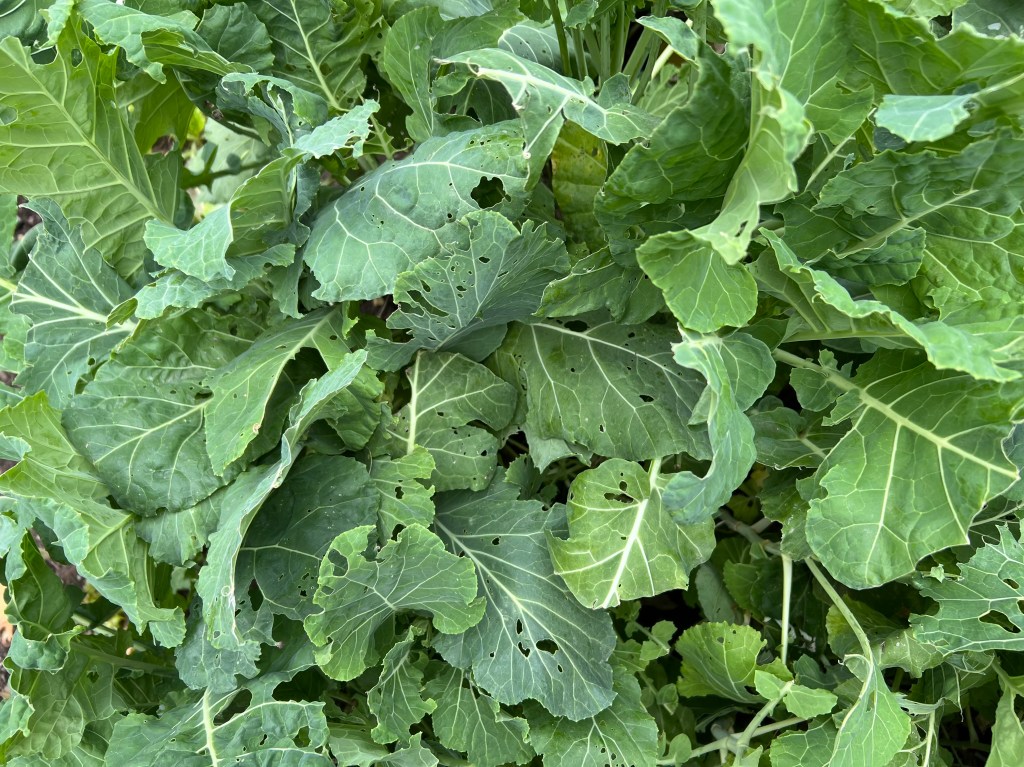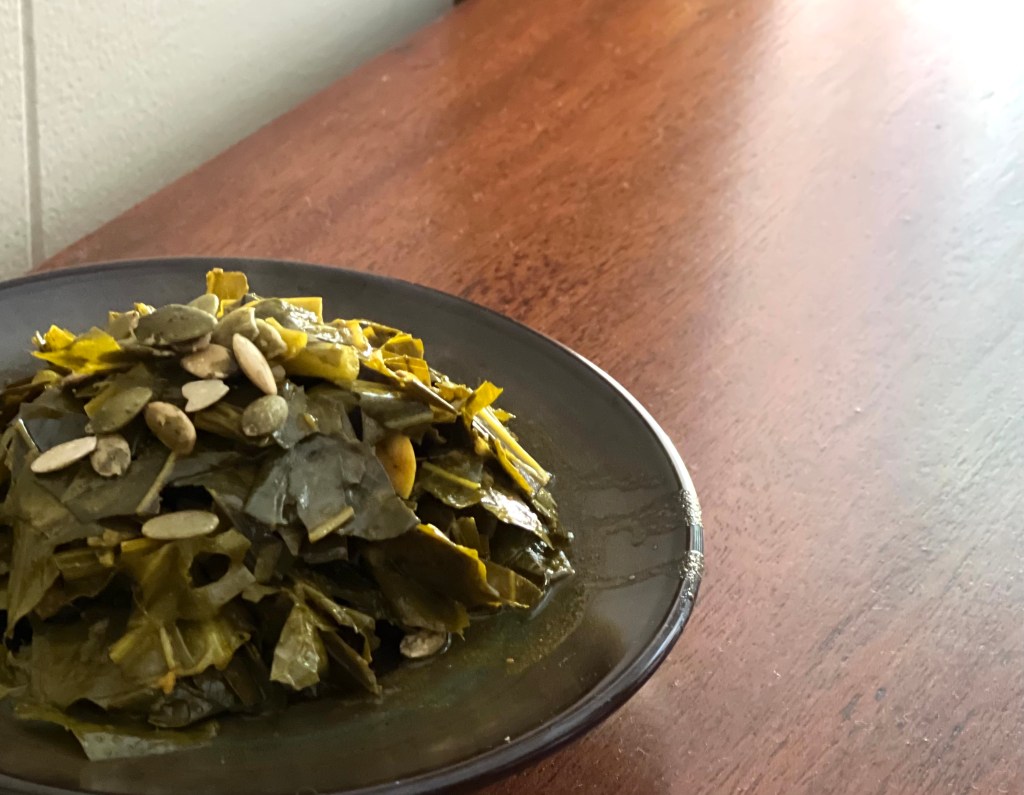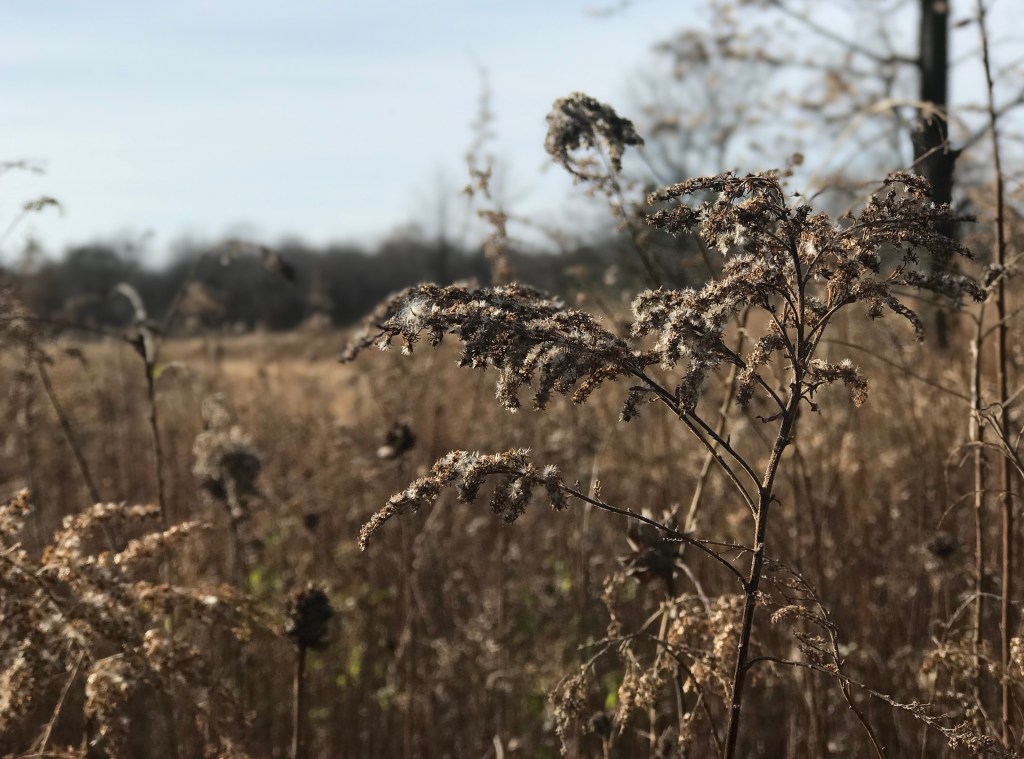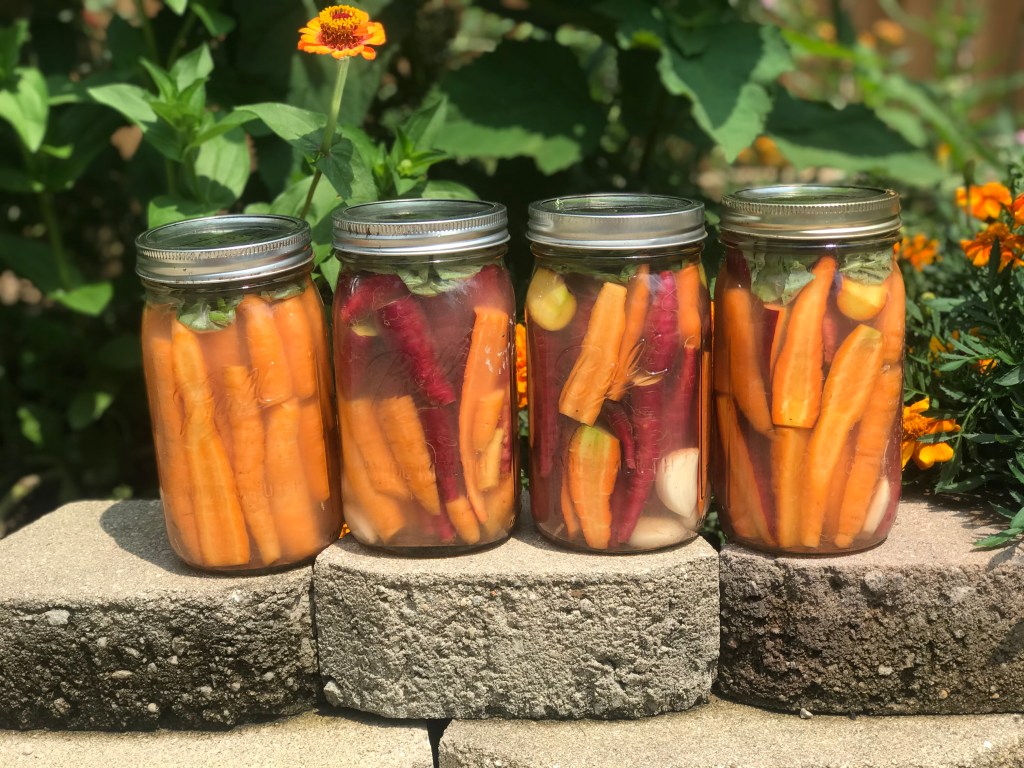
Our rhubarb crop is thriving right now, and I have been in the kitchen testing out some new recipes that showcase this first-of-the-season gem. I recently fell down the sourdough rabbit hole and have been in love with all things sourdough, so this recipe features a bit of that fermentation love as well. I hope you enjoy!
Rhubarb Sourdough Sweet Rolls
In a stand mixer bowl, mix the following:
- 1 cup sourdough starter
- 1/4 cup warm water
- 1 cup warm milk
- 2 cups flour
After the ingredients are thoroughly combined, cover with plastic wrap and allow to rest at room temperature for 30 minutes.
Remove the plastic wrap and add the following to the mixture:
- 6 tablespoons melted salted butter
- 1/2 teaspoon salt
- 1 tablespoon vanilla
Attach the bowl to a stand mixer and mix with a dough hook for 1 minute.
Slowly add 2 additional cups of flour, while continuing to run the mixer on low speed. Once all the flour has been added, continue to mix on low speed for 3 minutes.
Turn out the dough onto a floured surface and knead lightly for about 3 minutes. Then form a ball with the dough, place it into a greased bowl, and cover with plastic wrap. Allow to rest at room temperature for 1 hour.
Uncover and stretch and fold the dough in a circular fashion until all of the dough has been stretched and folded. Again, cover the bowl and allow to rest at room temperature for an hour. Repeat this process a total of 3 times. (Your total rest time for this step will be three hours.)
During this resting period, heat the following in a medium-sized saucepan over medium heat:
- 3 cups chopped rhubarb
- 1 cup honey
- 1/2 teaspoon nutmeg
- 1/ teaspoon cinnamon
Continue to cook the mixture until the rhubarb becomes tender, then remove from the heat. Once removed from the heat, add 1 teaspoon almond extract. Allow the mixture to fully cool.
Turn out the dough onto a floured surface and roll out into the shape of a large rectangle that is about 1/2 inch thick.
Next spread the rhubarb mixture over the entire rectangle-shaped dough.
Roll the dough, starting at one of the long ends, until you have one long roll.
Next cut the roll into 2 inch pieces. Place the pieces snuggly into a greased cast-iron skillet or greased 9 x 9 inch baking dish. Cover the rolls with plastic wrap and refrigerate overnight.
An hour before baking, remove the rolls from the refrigerator and uncover them. Allow to rest at room temperature for an hour.
Bake the rolls at 350 degrees for 30-40 minutes, or until the rolls become golden brown on top.
Serve and enjoy!

